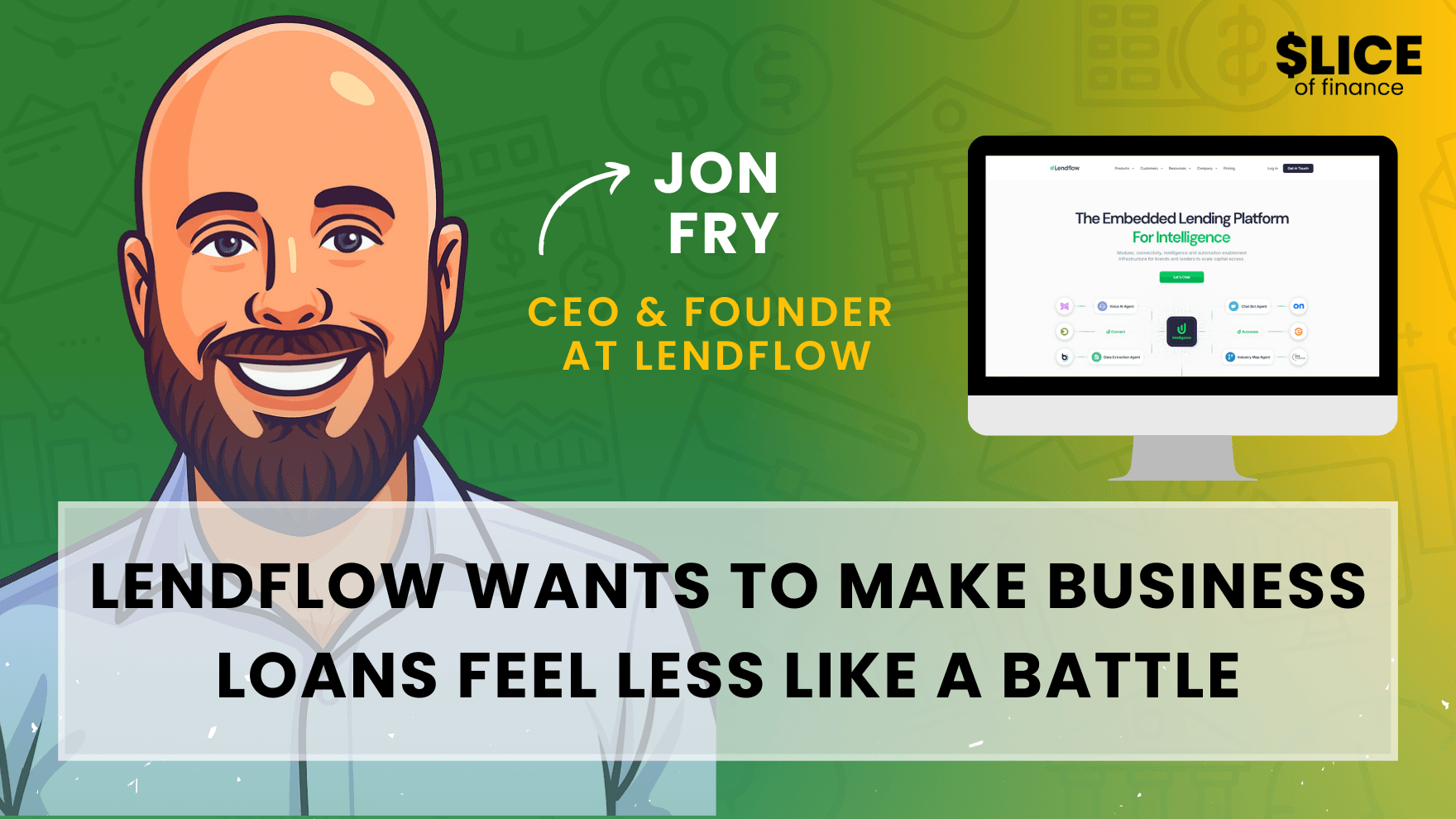
Lendflow Wants to Make Business Loans Feel Less Like a Battle
Introduction
For most small businesses, getting a loan still feels like running a gauntlet: slow, confusing, and full of dead ends. Jon Fry thinks that’s a broken system. His company, Lendflow, is rebuilding it from the inside out.
What Lendflow Actually Does
Lendflow helps fintechs, lenders, and vertical SaaS platforms embed lending directly into their own products. That means instead of sending customers to chase loans across the internet, companies can offer financing right where it’s needed: fast, contextual, and often automated.
It’s not just about slapping a loan offer into an app. Lendflow also routes applications to the best lender for each user, handles data and credit checks behind the scenes, and helps get funds in the customer’s hands quickly. Think of it as the connective tissue between lenders and the people who need them, without the spam, paperwork, or endless back-and-forth.
The Long Road to Lendflow
Fry didn’t start in finance; he started as a gamer and self-taught coder who built websites in college. That curiosity eventually led him into financial services, then lending, then business lending. Along the way, he ran businesses in multiple countries, picked up different perspectives, and started noticing the same problems over and over again: complexity, inefficiency, and poor user experiences.
Bootstrapping several companies before Lendflow gave him a deep appreciation for what entrepreneurs go through to get financing. That frustration became fuel.
Why It’s Better Than the Old Way
Traditional lending is a brute-force affair. Lenders blast out ads and hope they catch someone at the right time. Customers have to wade through jargon, jump through hoops, and wait days or weeks for an answer.
Embedded lending flips that on its head. With Lendflow, the loan shows up when and where the customer actually needs it. It’s faster, smarter, and often more affordable because it cuts out the wasted overhead of old-school marketing and manual processing.
AI plays a role too. Instead of waiting on humans, Lendflow’s platform can guide borrowers instantly, tailoring the experience based on their credit profile, business type, and context, all while still looping in a human when needed.
A Real-World Example
BHG Financial, a lender doing upwards of $600–$700 million a month, used to take two to three days just to deliver a soft loan approval. With Lendflow, that timeline is now under a minute.
That same lender can now embed its offerings across multiple partner platforms simultaneously, meeting customers where they already are: in accounting software, industry-specific apps, and more. No cold calls, no paperwork chases. Just fast, contextual financing.
Who This Helps Most
Expert Insights
Share Your Expert Insights
Have relevant experience or professional perspective? Add your thoughtful insights to this article.


